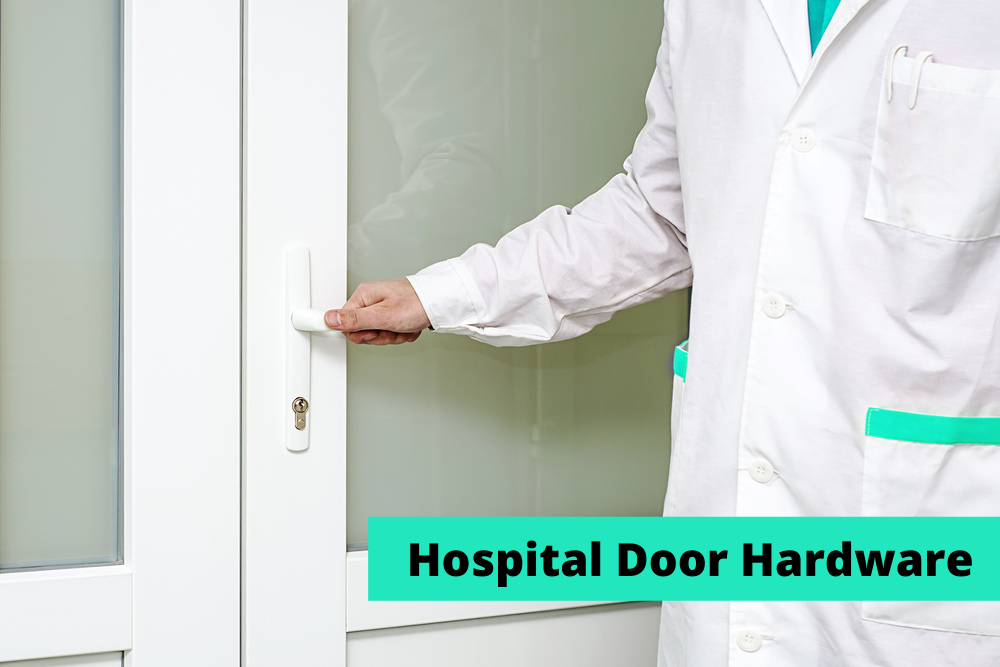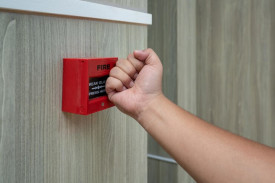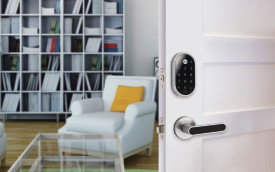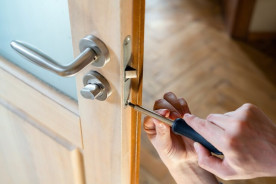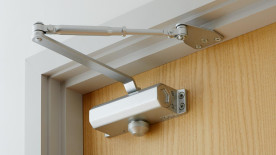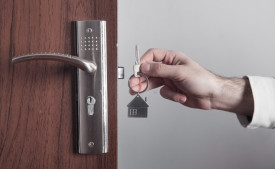Each door in a hospital or healthcare facility serves a unique function for safety and ease of use. So, it’s no wonder why hospital door hardware requirements are in place. To comply with ADA standards or iHFG guidelines, various areas of a healthcare facility WILL require very specific parts to be installed.
Take, for instance, a patient's bathroom compared to staff restrooms. The doors must open out into the room in patient restrooms instead of swinging inward into the bathroom.
This hospital door hardware standard is in place in case of an emergency patient rescue situation. However, staff restrooms do not have to follow those requirements.
This is just one prime example of why it’s critical to identify doors in healthcare facilities by their function and purpose.
Safety Practices for Hospital Door Hardware
Safety in any medical facility is important for patients, staff, and visitors alike. The proper hospital door hardware can prevent unwanted entry, exit, or ease of access for specific needs.
Knobs used to be the industry standard, but levers are rapidly replacing them. Lever hardware allows for swift movement through the building.
Features like recessed trim, concealed mounting, and an internal handle can be used for added security and safety. These hidden, built-in door hardware features prevent patients from finding attachment points to self-harm.
Ultimately, it’s important to be flexible and address the safety needs of each individual medical building.
Emergency Access Hospital Door Hardware Recommendations
Emergency hospital door hardware is mandatory for certain rooms that patients use. The iHFG defines these rooms as follows:
- Rooms that are used independently by patients have only one door and are less than 6m2
- Rooms where there are less than 2.5 meters of clear space behind the single door
- Patient Bedrooms, Bathrooms, and Ensuites in Mental Health facilities, or Mental Health
- components of other health facilities
- Secure rooms in mental health facilities.
If a patient were to collapse against the doorframe, medical staff MUST be able to open the door without pushing against the patient. It is recommended to use retractable door stops within flat metal door frames.
Door openings should also consider special equipment that might need to be moved into a patient’s room. Think stretchers, wheelchairs, and any mobility aids.
Park Avenue Locks –Premium Hospital Door Hardware
If you don’t know where to start when selecting the right hardware for your hospital or medical facilities’ doors, then Park Avenue Locks can guide the way. We specialize in all high-security, heavy-duty door locks and hinges that come in a variety of finishes. And our inventory is always full of options. Call us at 332-255-3200 for personalized assistance.

